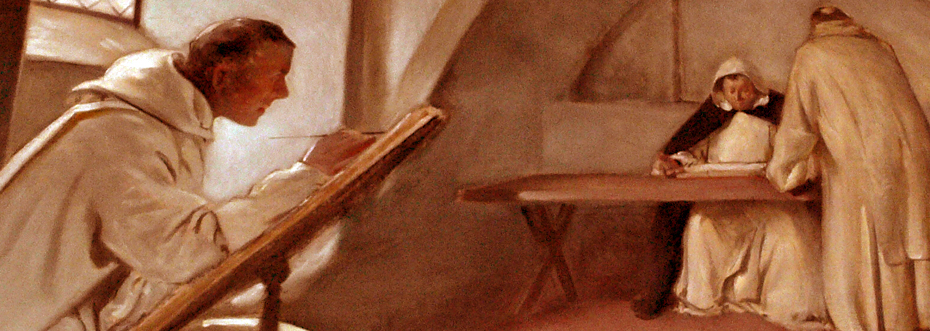A Durham College Away from Durham

Contemporary view of the Old Library at Trinity College, Oxford, the only remaining building from Durham College.
© Courtesy of Trinity College, Oxford
Records from as early as 1278 tell us of Durham Monks being sent to Oxford to study, and by 1291 at least five acres had been acquired for the construction of Durham Hall, then only for the education of monks.
From Hall to College
In the 1380s, Durham’s Bishop Hatfield expanded Durham Hall into a fully fledged college, endowing it with £3000. It now included secular students as well. Durham College, dedicated to the honour of the Holy Trinity, the Blessed Virgin, and St. Cuthbert, was to remain until the Reformation in 1540. After that point, it became Trinity College, a different foundation, with no direct links to Durham except its history.

Durham College, drawn in the 17th century, from an album produced on the occasion of the visit of Queen Elizabeth I to Oxford.
© Trinity College Oxford
Sources of Information
Only one of the Durham College Buildings, the Old Library, still exists, but documents still at Durham shed light on life in Durham Hall/College during medieval times.
A Ten-Person Hall
The number of monks sent to Oxford was originally small: around 1300, there would be anything between six and ten at any one time.
The students (all monks) would receive financial support from a variety of sources – including a portion of the offerings to the shrine of St Cuthbert. They were also provided with a man and horse to accompany them on their journey to and from Oxford.
In 1330 a monk’s pension would have been £20 per year.
Monks and Secular Students
As a formalised college in the 1380s, there would have been eight student monks, and eight secular scholars.
The secular scholars were to sit at a separate table, have separate rooms, attend chapel and schools, take an oath to help the monks and the Church of Durham, and were given new tunics and hoods twice a year. They were to receive a stipend of £3.50 annually.

